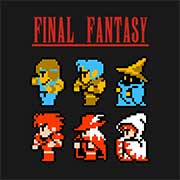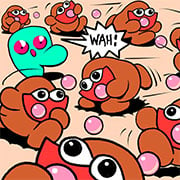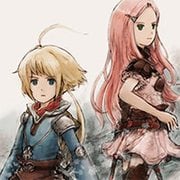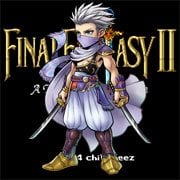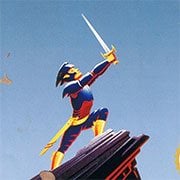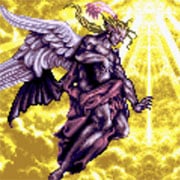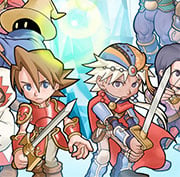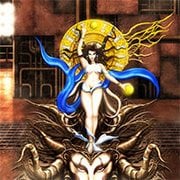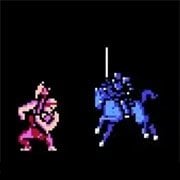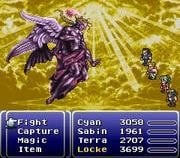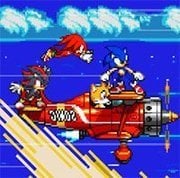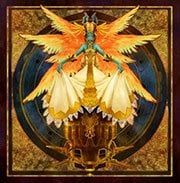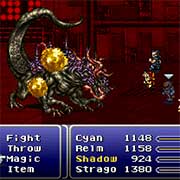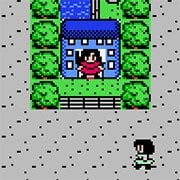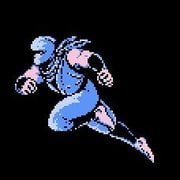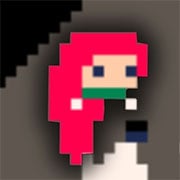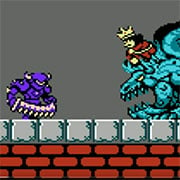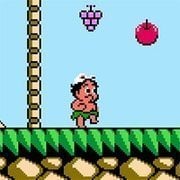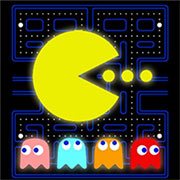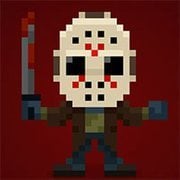Final Fantasy (NES)
- Description
- Comment
- Walkthrough
“Final Fantasy,” developed and published by Square in 1987, is the inaugural game in what would become one of the most iconic series in gaming history. Created by Hironobu Sakaguchi, the game was revolutionary for its time, introducing a narrative and gameplay complexity that set the standard for future role-playing games. Originally launched for the NES, “Final Fantasy” has since been remade for various platforms and often bundled with “Final Fantasy II” in collections.
Setting and Plot:
The game is set in a mystical world comprising three large continents, shaped by the elemental forces of earth, fire, water, and wind, each governed by a crystal. The tranquility of this world is shattered when the crystals’ light dims, leading to catastrophic changes such as violent storms and devastating wildfires. The narrative follows four youths, known as the Light Warriors, each bearing a darkened orb representing the world’s four elemental forces. Their mission is to restore the orbs’ light, defeat the Elemental Fiends responsible for the darkness, and save their world.
Gameplay Dynamics:
“Final Fantasy” features four primary modes: an overworld map, town and dungeon maps, a battle screen, and a menu screen. Travel is initially on foot, with additional means such as a ship, a canoe, and an airship becoming available as players progress. Combat encounters are mostly random, with a turn-based system allowing players to choose commands for their characters, such as Attack, Magic, and Item.
Character Development and Classes:
Players start by selecting four characters from six available classes—Fighter, Thief, Black Belt, Red Mage, White Mage, and Black Mage. Each class has unique abilities and restrictions which influence gameplay strategy. Characters gain experience from battles, enhancing attributes like health and magic proficiency. The game allows for a class upgrade later, enhancing characters’ abilities and access to equipment.
Magic and Equipment:
Magic is categorized into White (defensive and healing) and Black (offensive and debilitating), with spells available from magic shops. Characters can learn spells depending on their class, with limitations based on spell level and class capabilities. The game features a wide range of weapons, armor, and items, purchasable or discoverable, which can bolster a character’s combat effectiveness. Some items and equipment pieces possess inherent magical properties, providing additional tactical options during battles.
Innovations and Legacy:
“Final Fantasy” introduced several innovations to the RPG genre, including a detailed class system and a complex magic system, which have become staples in later RPGs. The visual setup of combat was also pioneering, positioning the player’s party on one side and enemies on the other, deviating from the traditional first-person view in RPG battles. This setup has influenced countless subsequent games in the genre.
The game’s open-ended structure, allowing for varied gameplay experiences based on character selection and player decisions, along with its engaging narrative and deep lore, have not only earned it critical acclaim but also a dedicated fanbase that continues to grow with each new installment in the series. “Final Fantasy” remains a seminal title in gaming, revered for its rich storytelling and gameplay depth that challenged and expanded the boundaries of its genre.
